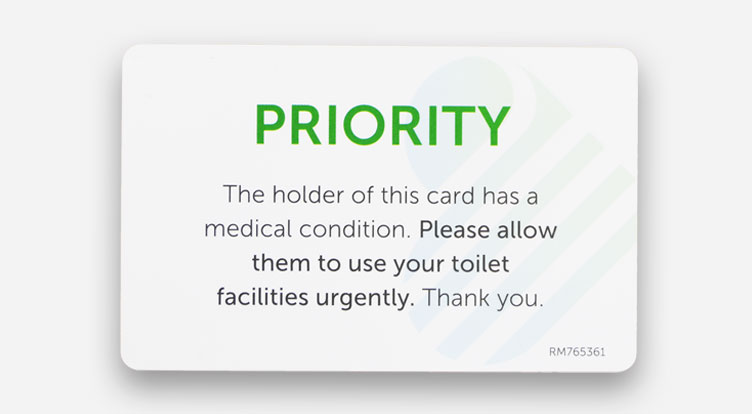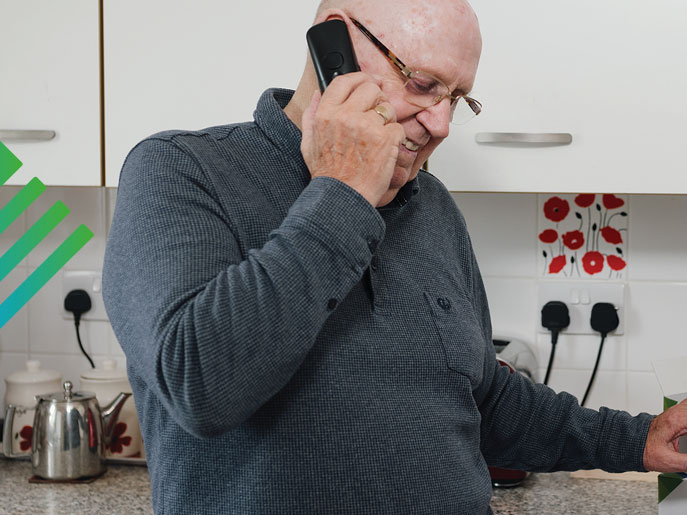Continence Travel Tips
If you are planning a trip away, it is only natural that you may be feeling a little apprehensive about travelling, especially if it is the first time with a continence care condition.
Planning ahead helps to build your confidence and ensure you are fully prepared for your time away.

- Catheters are not available in all countries, and even if they are, you don’t want to be thinking about where to get them from.
- If you are worried about the quality of the water in some countries, it is best to be on the safe side, and use bottled water.
- Pack as many catheters as you will need for the duration of the holiday or business trip. If you are worried about the quality of the water in some countries, it is best to be on the safe side, and use bottled water.

- Check out all the places you want to visit to see if they have toilets, especially if you require wheelchair accessible facilities. Check online or give them a call if you are in doubt.
- It is also worth checking if it is common to pay a fee for using public toilets and make sure to have small change in local currency on you.

- Be aware of different climates, as catheters stored in colder temperatures can feel stiffer. On the other hand, if your catheters are stored in an especially warm environment, they may feel softer.
- If you use catheters, it might be useful to get some that are compact in size to keep in your carry-on luggage, so that they don’t take up too much space.
- It is handy to get a copy of your prescription from your GP to take with you on your travels.
- Carry your ‘No Waiting’ Medilink® Priority Card with you so that you can use this in case of a toilet emergency. It’s also a quick reference for your Medilink® Personal Number and the useful contact details, in case you need to get in touch.

Medilink® Travel Certificate & Documentation

Always carry your Medilink® travel certificate. This includes an official notice, explaining your medical condition and travel requirements. We have translated this statement into common languages:
- Arabic
- Croatian
- English
- French
- German
- Greek
- Polish
- Portuguese
- Spanish
- Turkish
- Welsh
As part of the Medilink® service, you can request the travel certificate from Medilink® by calling 0800 626388 or email enquiries@saltsmedilink.co.uk
Travel Insurance
Check that your holiday insurance covers your medical history and any pre-existing conditions. If travelling to Europe, ensure you have your European Health Insurance Card (EHIC). This card entitles you to free, or reduced cost, medical treatment in most European countries. This is recommended, in addition to travel insurance.
You can apply for your EHIC by:
Phone: 0330 330 1350
Online: www.ehic.org.uk
Or obtain an application form from your local Post Office.
Airport Advice
Airports can be stressful places for many people, especially when you are travelling with medical supplies. Remember that airports have a restriction on liquids and other items that can be taken on board a flight, and that scissors should be packed in hold luggage. It is probably always best to check specific details with the airline if you are unsure.
Some airports are now offering a distinctive lanyard to passengers with a hidden disability or medical condition. This allows travellers to discreetly identify themselves to staff to ensure tailored help and support can be offered throughout their journey.
There is a Hidden Disabilities Lanyard that you might also find very useful. This allows travellers to discreetly identify themselves to staff to ensure tailored help and support can be offered throughout their journey. Medilink offers this as a complimenting item to customers upon request. If you would like to request yours, please contact your local Medilink Dispensing Care Centre on our Freephone 0800 626388 or email enquiries@saltsmedilink.co.uk.
Alternatively, you can download the Hidden Disabilities Airport Support Report by the Civil Aviation Authority for free to find out more information.
Getting Back To Work
- It might be helpful to let your line manager or someone you can confide in know of your ISC care needs so that you won’t feel rushed when you go to change.
- Build a routine such as changing during coffee breaks or lunch times.
- Keep reserve catheter supplies in places you regularly visit such as car, work place, friends or relatives’ homes

Continence Exercise
Tips Pelvic Floor Muscles
The group of muscles known as the pelvic floor muscles are just inside the pelvic bone and do several things:
- Support the lower abdominal contents, especially the bladder and bowel.
- Maintain normal bladder and bowel function, preventing leakage (incontinence).
- Contribute to sexual function
How to strengthen your pelvic floor muscles
You need to learn – and regularly carry out – your pelvic floor muscle exercises. To begin, choose a quiet time and place, so you can concentrate on learning these exercises correctly. Sit, stand or lie down, with your feet comfortably apart.
You can do the exercises in any of these positions. Relax and breathe normally.
Pelvic floor muscle exercises for men

- You’re going to learn to carry out both slow and fast pelvic floor muscle exercises. You should aim to do the same number each time.
- Concentrate, then squeeze and lift the muscles around the back passage, as if you are trying not to pass wind.
- At the same time, pretend you want to pass water but there is no toilet nearby. Squeeze and lift the muscles in your water pipe (urethra).
- As you tighten the muscles, you will feel the scrotum and base of your penis move slightly upwards.
- Keeping these muscles tightly squeezed, count slowly and hold this for as long as you feel comfortable. Then relax for the same count. Repeat the slow exercise until the muscles are tired. Try to gradually increase the duration up to 10 seconds, if possible. Aim to repeat the 10-second holds as many times as you can at first, but, aiming for 10 times maximum.
- After a short rest, repeat the above exercise – but this time, quickly twitching the penis upwards as if to the beat of a drum: tighten, relax, tighten, relax.
For maximum effect, the slow and fast exercises should be repeated several times a day.
Pelvic floor muscle exercises for women

- You are going to learn to carry out both slow and fast pelvic floor muscle exercises. Concentrate, then squeeze and lift the pelvic floor muscles as if you are trying to stop yourself passing urine.
- Then tighten the muscles around the back passage, as if you are trying not to pass wind. By doing these two together, you should be exercising your pelvic floor muscles.
- Keep the muscles tightly squeezed, count slowly and hold for as long as you feel comfortable.
- Then relax for the same count. Try to gradually increase the duration – up to 10 seconds, if possible. Aim to repeat these 10-second holds as many times as you can, aiming for 10 times maximum.
- To check you are using the correct muscles, hold a small mirror so you can see the area between your legs. Tighten the muscles. The skin between your anus and vagina should move away from the mirror.
- After a short rest, repeat the above exercise – but this time tighten and relax the muscles quickly, as if to the beat of a drum.
Tighten, Relax, Tighten, Relax. Make sure that you properly relax between each fast contraction and do as many as you can, up to 10.
ISC and Sex Life

Can I have sex?
Yes you can. It can actually be an improved experience as your confidence should build as you are taking control of your bladder.
If I have an infection, can I still be intimate?
It is best to seek advice from you GP if you believe you have a UTI / infection.

Need support or advice?
If you need any further support or advice, then please contact Medilink® today. You can call us Monday to Saturday, from 9am to 5pm, on our Freephone 0800 626388 or email us on enquiries@saltsmedilink.co.uk.